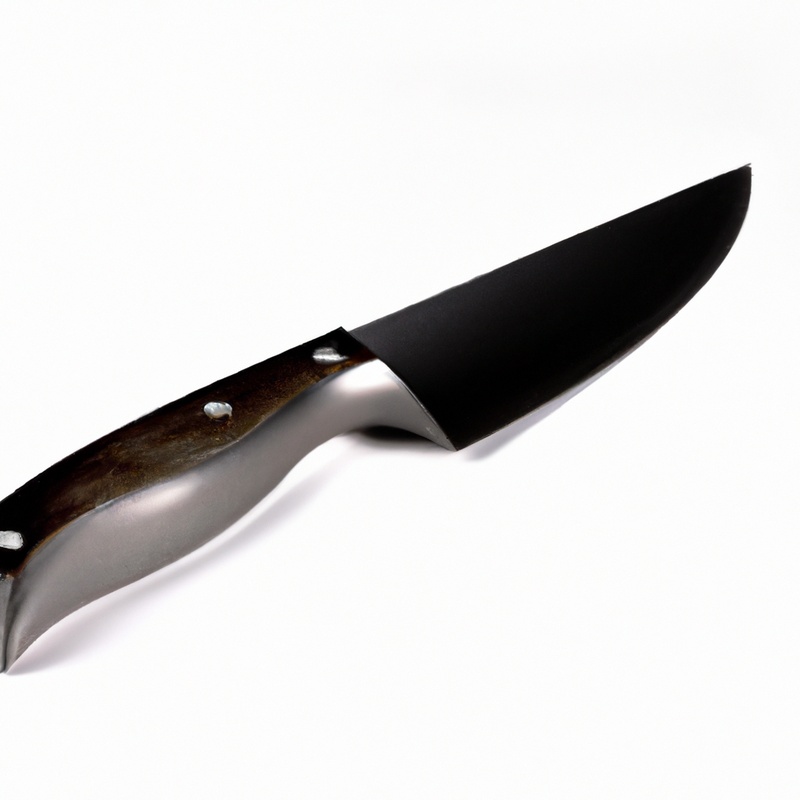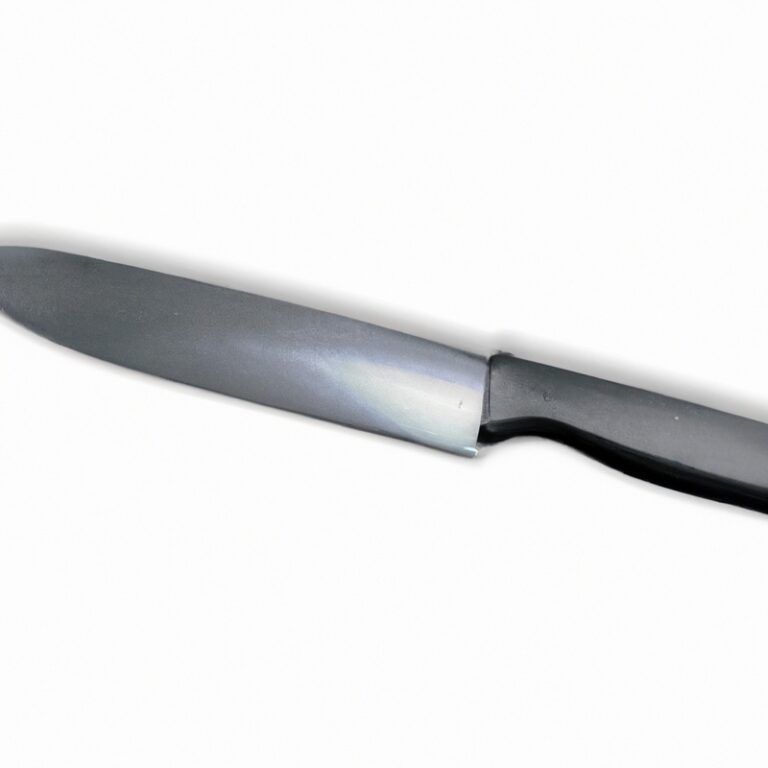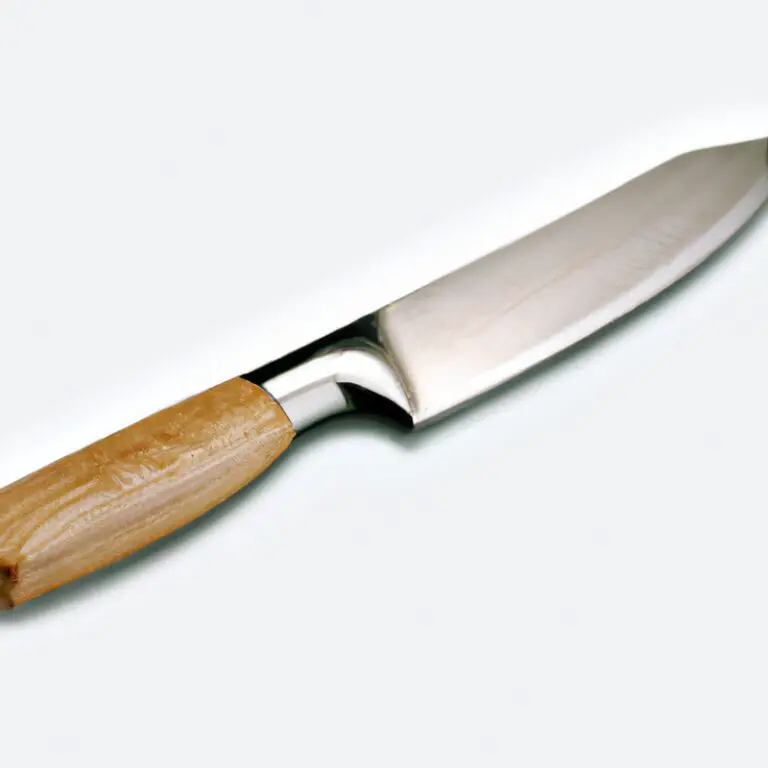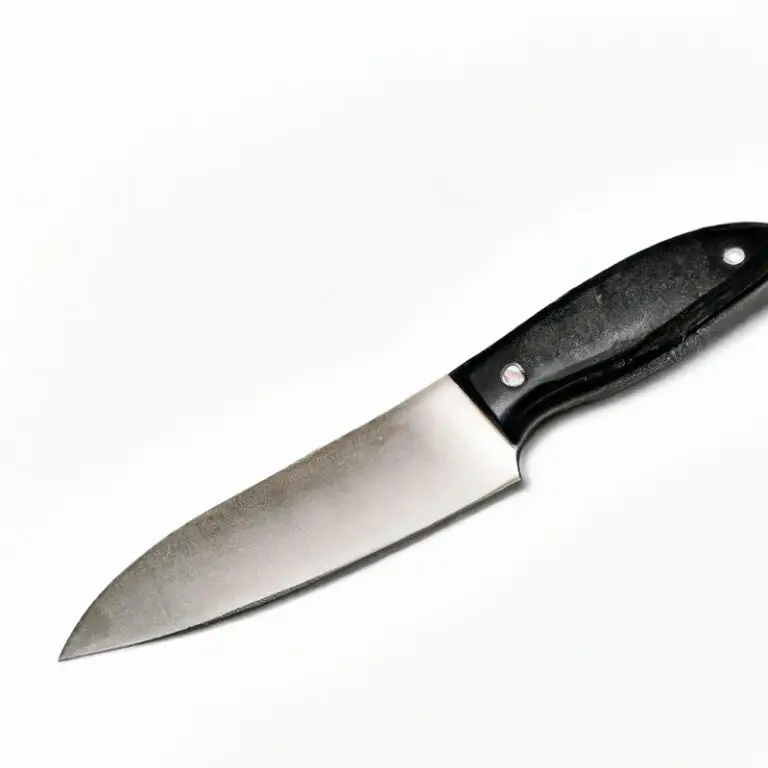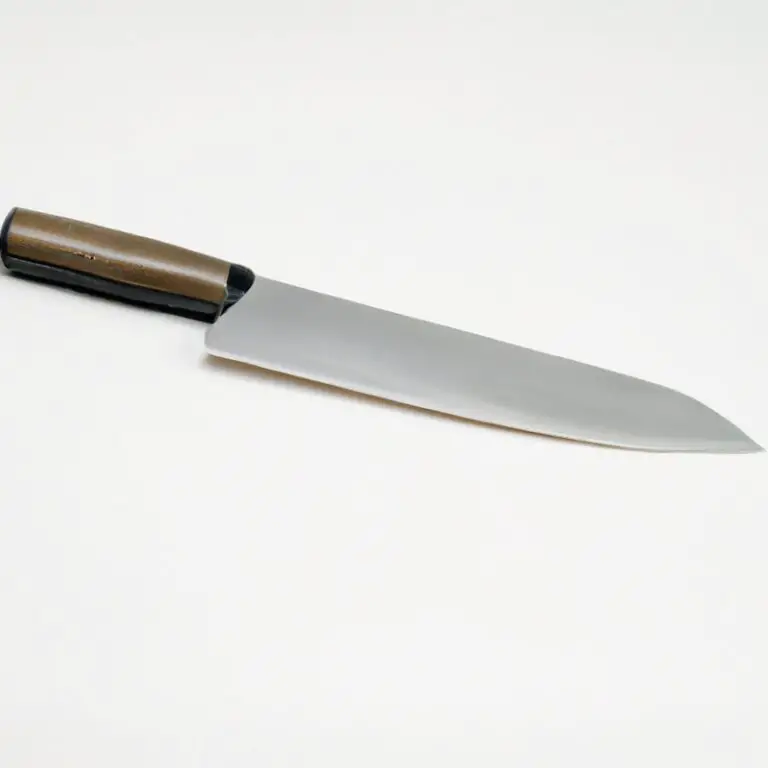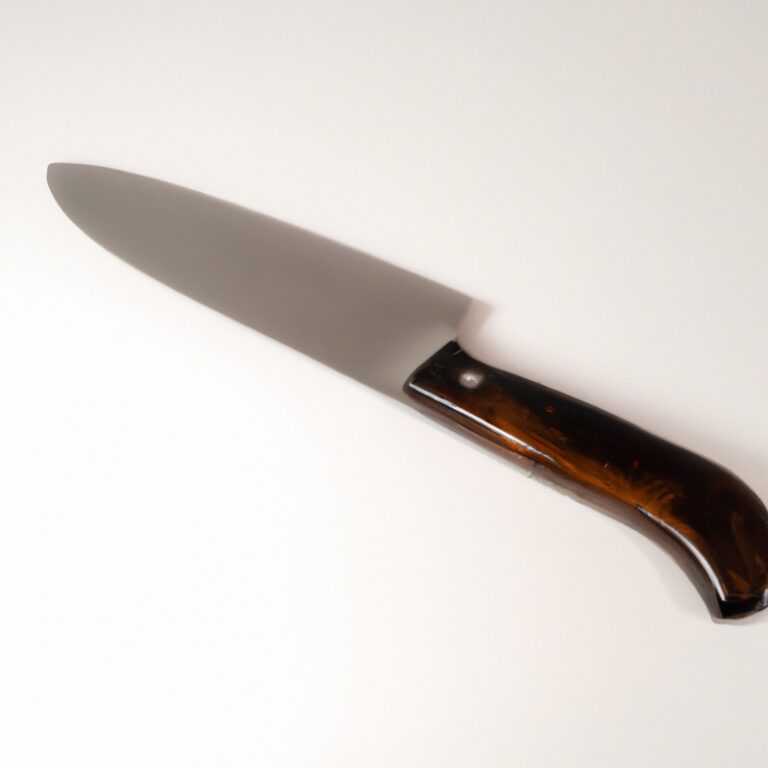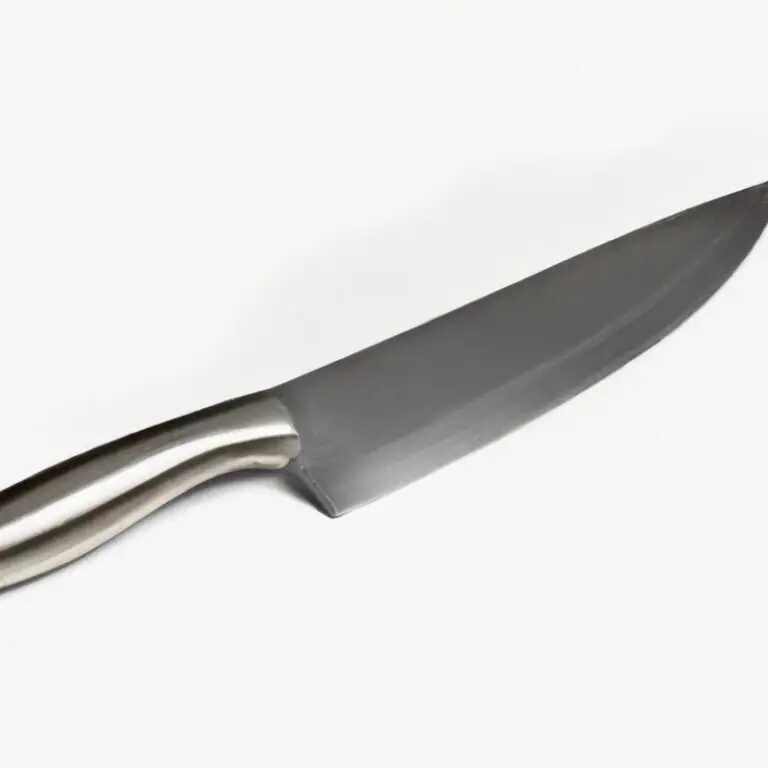How To Fillet a Warmouth Using a Fillet Knife? Easily!
Key Takeaways:
- Choose a sharp fillet knife with a flexible blade to make clean and precise cuts while filleting a warmouth.
- Make an incision behind the gills and run the blade along the backbone towards the tail to remove the fillet, ensuring to remove the rib bones along the way.
- Ensure to be cautious while handling a fillet knife to prevent accidents, and use a cutting board that is non-slip and stable to avoid any slipping of the fish.
- With proper technique and practice, filleting a warmouth with a fillet knife can be an easy and enjoyable process that results in delicious fillets ready to be cooked.
Welcome to the world of warmouth filleting! If you’re someone who loves the art of cooking and fishing, then you’ve come to the right place. Filleting a warmouth fish is a delicate task that requires proper knowledge and equipment to achieve excellent results.
And that’s where we come in.
In this article, I’ll guide you through the essential steps of filleting a warmouth fish using a specialized fillet knife. From choosing the right equipment to learning the proper technique and safety measures, we’ve got you covered.
So, let’s get started!
| Steps | Description |
|---|---|
| Step 1 | Wash and sanitize the warmouth thoroughly with clean water. Clean the fillet knife and make sure it’s sharp enough to fillet the fish. |
| Step 2 | Put the warmouth on a flat surface and remove its scales using the knife’s back. Start at the tail and work your way towards the head while applying some pressure. |
| Step 3 | Make an incision behind the gills and run the knife’s blade along the fish’s backbone. Follow the backbone until you reach the tail, then cut off the tail. |
| Step 4 | Insert the knife between the skin and flesh at the fish’s tail and cut towards the head. Make sure to keep the blade as close to the skin as possible. |
| Step 5 | Work the knife under the flesh and use a fillet glove or pliers to grab the skin. Start to pull the skin and flesh away from the bones gently. Then, continue this process until the fillet is completely separated from the warmouth. |
Choosing the Right Fillet Knife for Warmouth Filleting
When choosing the right fillet knife for warmouth filleting, there are a few key factors to consider. Look for a fillet knife with a flexible blade, as this will allow you to easily maneuver around bones and curves of the fish.
A knife with a blade length of 6-9 inches is ideal for warmouth filleting.
Additionally, consider the handle of the knife. Look for a handle that is comfortable to grip and won’t slip out of your hand while filleting.
A non-slip grip is important to ensure safety while using the knife.
Stainless steel is the best material for a fillet knife, as it is durable, strong, and resists corrosion. Avoid knives with serrated or partially serrated edges, as these are not suitable for filleting fish.
Investing in a high-quality fillet knife specifically designed for warmouth filleting will make the process easier, safer, and more efficient.
It is worth taking the time to select the best fillet knife for your needs.
Preparing Warmouth for Filleting
Before filleting warmouth, it is essential to prepare the fish properly. Start by scaling the outer skin using a scaling tool or the back of a knife.
It is also essential to remove the head and entrails, as the soft guts can spoil the meat.
Rinse the fish under clean, running water and pat dry with a towel. Next, locate the spine by running your fingers along the center of the fish’s back.
Insert the tip of the fillet knife into the fish where the head used to be and slowly cut towards the tail.
Use smooth, even strokes to cut through the flesh and avoid cutting through the bones. Repeat the process on the other side of the fish.
It is also crucial to remove the small pin bones, which can be found by running your finger along the center of the fillet.
Use a pair of tweezers or fish pliers to grip the bones and pull them out gently. Now that the fish is prepared, it is ready for the filleting process.
Proper preparation ensures that warmouth fillets come out perfectly and free from any unwanted bits.
Cleaning and Maintenance of Fillet Knife
Cleaning and maintaining your fillet knife is crucial to ensure its longevity and effectiveness during filleting. Follow these simple steps to keep your fillet knife in top condition:
- Rinse the knife with warm water immediately after use to remove any residue.
- Use a non-abrasive sponge or cloth to clean the blade, being careful not to damage the sharp edge.
- Dry the knife thoroughly with a towel.
- Apply a small amount of oil to the blade to prevent rust and corrosion. Be sure to wipe off any excess oil.
- Store the knife in a dry, cool place, such as a knife rack or sheath.
Regularly sharpen your fillet knife to maintain its sharpness, which will make the filleting process easier and safer. When storing your knife, avoid contact with other metal objects to prevent the blade from becoming dull.
By following these simple cleaning and maintenance steps, you can ensure your fillet knife will serve you well for many fishing trips to come.
Identifying the Anatomy of Warmouth Fish
To properly fillet a warmouth, it is important to understand its anatomy. Warmouth fish have a dark green or brownish back with mottled sides, and a yellow to orange belly.
They have a small mouth and a blunt snout with sharp teeth.
Their fins also have sharp spines that can cause injury, so use caution when handling. The warmouth fish’s body is round and flat, making it easy to fillet.
It has a long, curved spine that runs along the top of its back, which should be avoided while filleting.
The dorsal fin sits on top of the spine and needs to be removed before filleting. The anal fin is located on the underside of the fish and is the last fin before the tail.
This fin should also be removed before filleting.
Warmouth have a small rib cage and no scales, so there is no need to scale the fish before filleting. Identifying the anatomy of a warmouth fish is crucial in preventing any wastage or injury while filleting.
Understanding the warmouth’s distinct features ensures that you can make the correct cuts and provide a higher yield of fillet.
Starting the Filleting Process for Warmouth
To begin the filleting process for a warmouth fish, start by placing the fish on a cutting board with the belly facing up. Use a sharp fillet knife to make an incision behind the gills, cutting down towards the spine.
Turn the knife and follow the spine down the length of the fish, all the way to the tail.
Next, turn the fish over and repeat the process on the other side. Cut through the rib bones as you go, being careful not to cut through the spine.
Once both sides are filleted, use the knife to remove the head and tail, as well as any remaining bones.
With the fillets now separated from the main body of the fish, you can move on to removing the skin and bones. But before doing so, take a moment to admire your handiwork – you’ve successfully completed the first step in filleting a warmouth fish!
Removing Skin and Bones of Warmouth Fish
To remove the skin of a warmouth fish, place the fillet skin-side down on a cutting board and make a small cut between the skin and the flesh. Next, hold the tail end firmly and use your fillet knife to gently pull the skin towards the head while sliding the knife blade along the skin.
To remove the bones, feel for any pin bones that may be present with your fingers or a pair of fish tweezers.
Then, use the tip of the fillet knife to cut along both sides of the bones and gently remove them with the tweezers or your fingers. It’s important to be careful when removing the bones as the warmouth fish has many small bones that can be easily missed.
Take your time and double-check the fillet for any remaining bones before moving on.
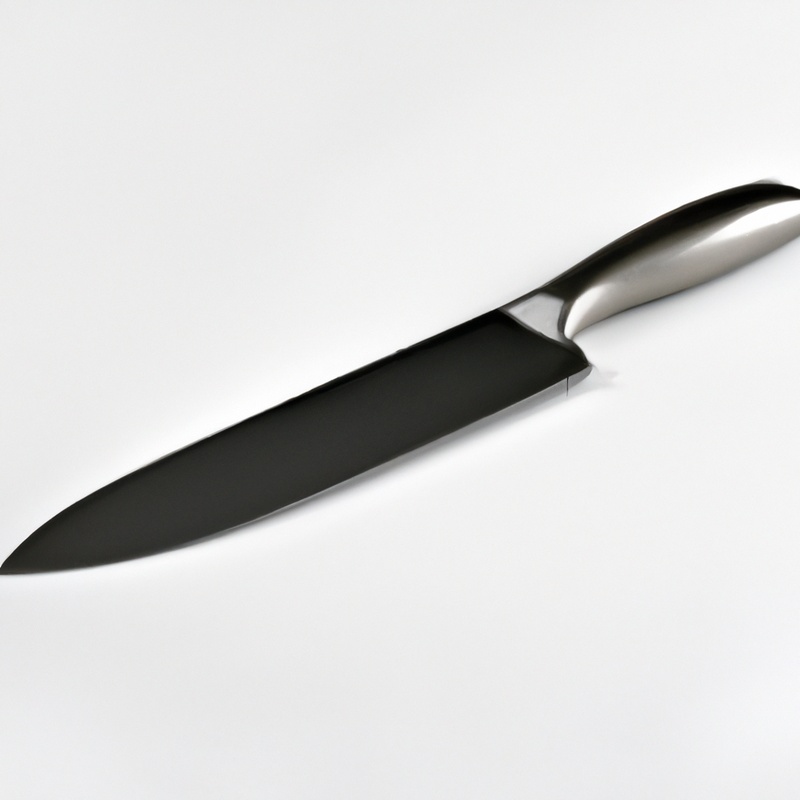
Making Creative Cuts for Warmouth Fillet
When it comes to creative cuts for warmouth fillet, a key approach is to make angled cuts along the fish. Start by positioning the knife near the back of the fish and making an angled cut towards the head.
Repeat this process until you reach the end of the fish.
Then, flip the fish over and repeat the cuts on the other side. Another approach is to create “V-shaped” cuts on the fish.
Begin by making a vertical cut from the spine down towards the belly, but stop before you reach the bottom.
Then, turn the knife and make another cut that intersects the first one to create a “V” shape. If you want to remove the skin, start by making a small incision at the head and then grip the skin with pliers while sliding the knife between the meat and the skin.
Remember to take extra care around the bony areas of the fish and adjust your technique accordingly.
By implementing these cutting techniques, you can effectively fillet a warmouth and create delicious dishes.
Adjusting Technique to Bony Areas of Warmouth Fish
When it comes to filleting a warmouth fish, adjusting your technique to navigate through bony areas is crucial. The warmouth has thicker and tougher jawbones than other fish, which can interfere with the filleting process.
To make your task easier, make sure your blade is sharp and thin enough to cut through the bones without damaging the meat.
When making cuts around the bones, try to use a sawing motion with the tip of the blade to help separate the meat from the bone. Be patient and make smooth, small cuts to avoid any breakage or damage to the flesh.
By adjusting your technique and using the right tools, you’ll be able to successfully fillet a warmouth fish without wasting any meat or damaging the fillet.
Safety Tips for Warmouth Filleting Using a Knife
When it comes to filleting a warmouth fish using a knife, safety should be your top priority. Here are some safety tips for warmouth filleting:
- Use a sharp fillet knife: A dull knife can slip and cut you. Keep your fillet knife sharp by regularly sharpening it before filleting.
- Cut away from your body: Always cut away from your body while filleting to minimize the risk of injury.
- Use a clean, stable cutting surface: A stable cutting surface will prevent the fish from slipping and the knife from accidentally cutting you. Make sure your cutting board is clean and in good condition.
- Keep your fingers away from the blade: Always keep your fingers away from the blade of the knife to avoid injuring yourself.
- Use proper grip and technique: Hold the knife properly and use the correct filleting technique. Practice proper knife handling to avoid accidents.
- Do not rush: Take your time while filleting. Rushing can lead to injuries.
- Keep a first aid kit handy: Accidents can happen even with the most experienced filleters. Keep a first aid kit handy in case of any injuries.
By following these safety tips, you can ensure a safe and enjoyable warmouth filleting experience.
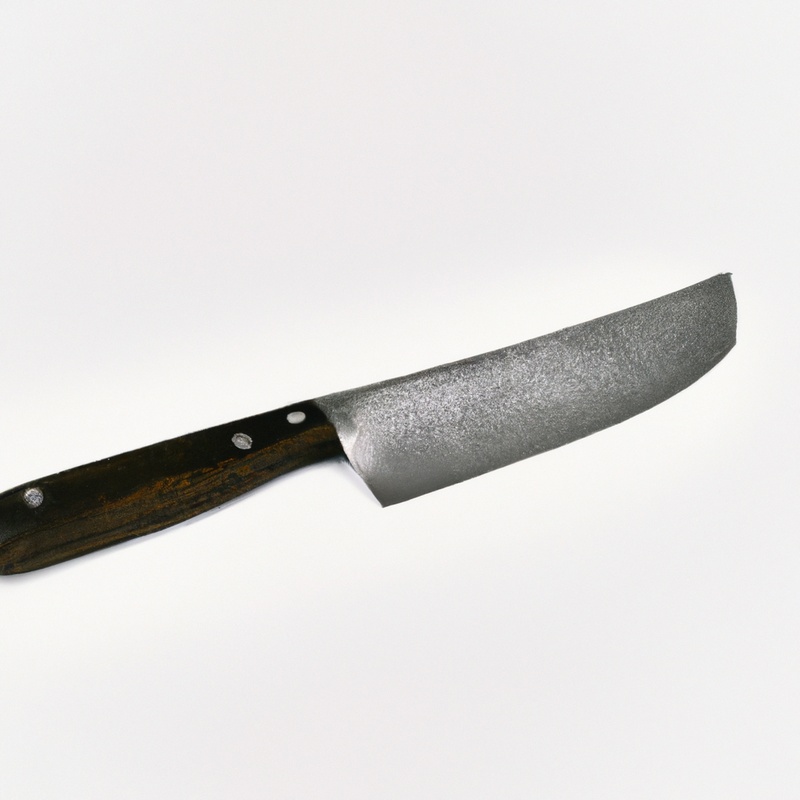
Cleaning and Storing Warmouth Fillet
Cleaning and storing your warmouth fillets properly is essential to ensure their freshness and flavor. Start by rinsing your fillets with cold water to remove any scales or debris, then pat them dry with a paper towel.
Next, place your fillets in an airtight container and store them in the refrigerator.
They should last up to three days before cooking or freezing. If you plan to freeze your fillets, wrap them tightly with plastic wrap and place them in a freezer-safe bag or container.
They can be stored in the freezer for up to three months.
Remember to label your fillets with the date of packaging, so you can keep track of their freshness. When you’re ready to cook them, be sure to thaw your fillets in the refrigerator overnight before cooking.
By following these simple steps, you can ensure that your warmouth fillets are fresh and delicious every time you cook them.
Final Verdict
Filleting warmouth using a fillet knife requires knowledge of the fish’s anatomy, proper technique, and knife maintenance. By following the steps outlined in this article, including preparing the fish, making creative cuts, and adjusting the technique to bony areas, you can create perfect warmouth fillets every time.
It is important to prioritize safety by using a sharp knife, storing it properly, and taking caution when filleting.
With practice, you can become an expert in filleting warmouth and enjoy this delicious fish in a variety of ways. Remember, always use reputable sources and trust the information provided to ensure a positive and enjoyable fishing experience.

